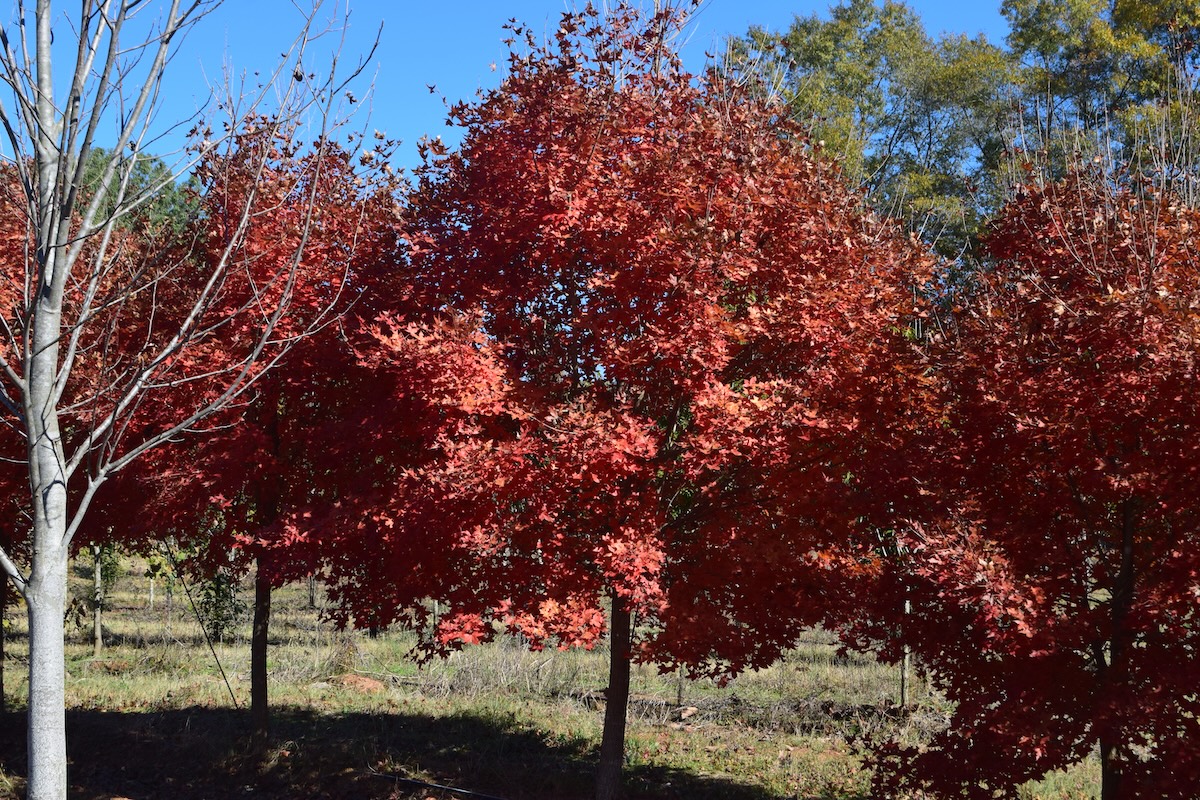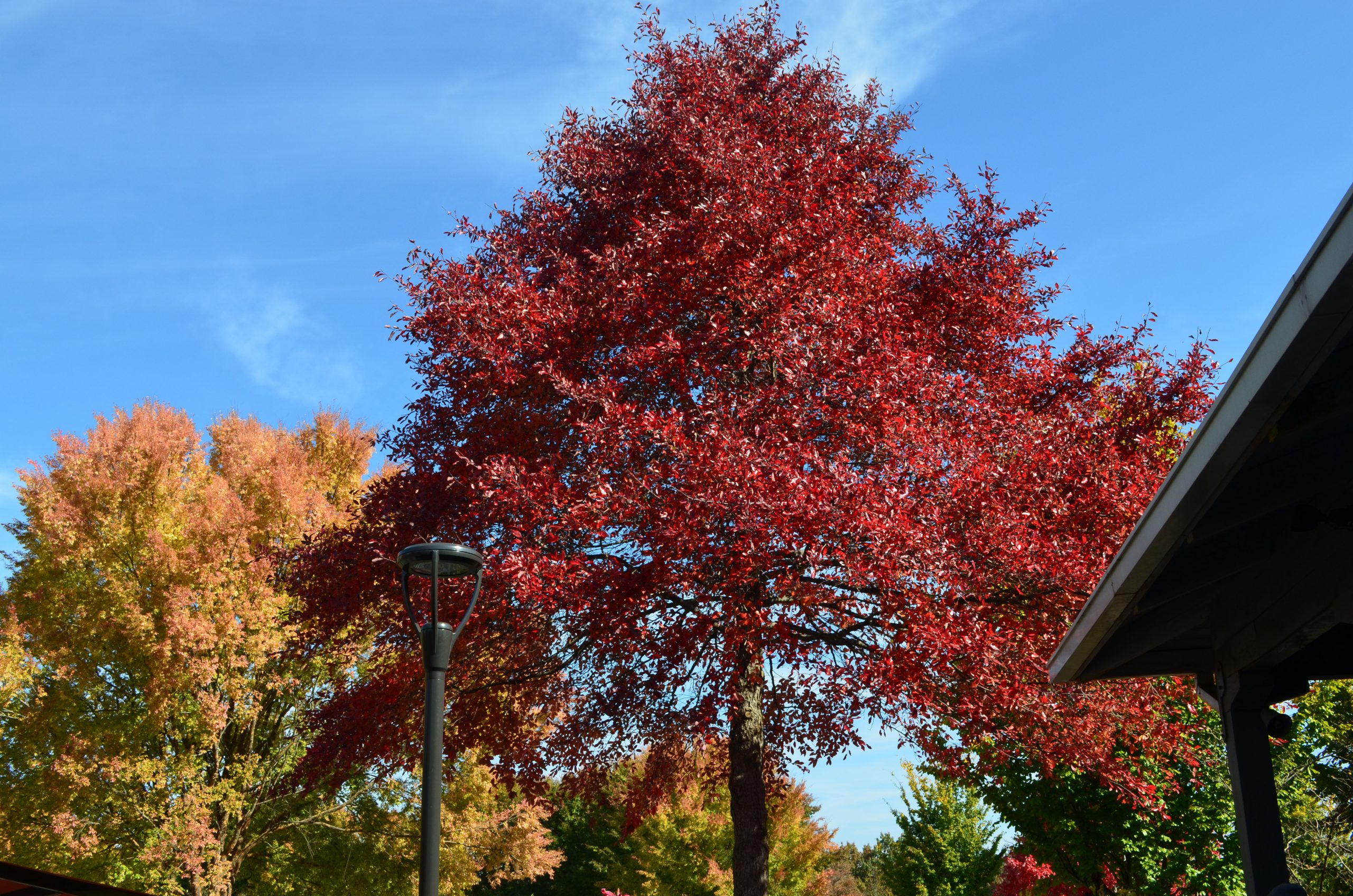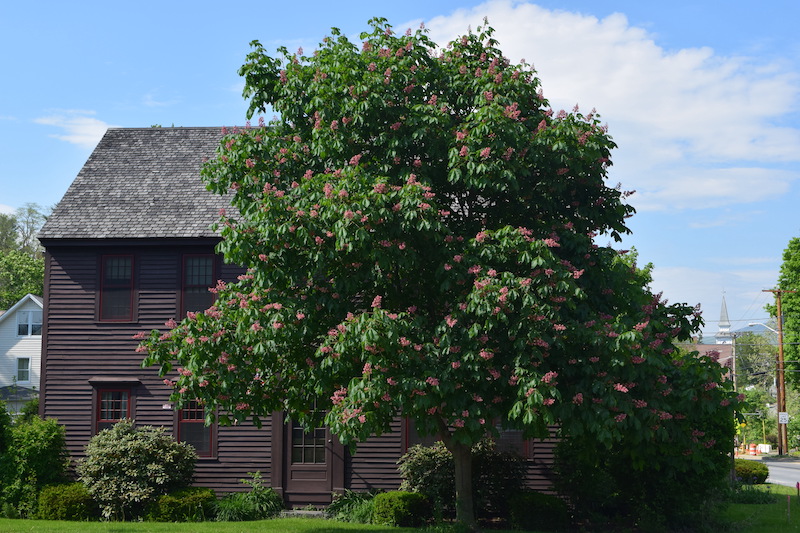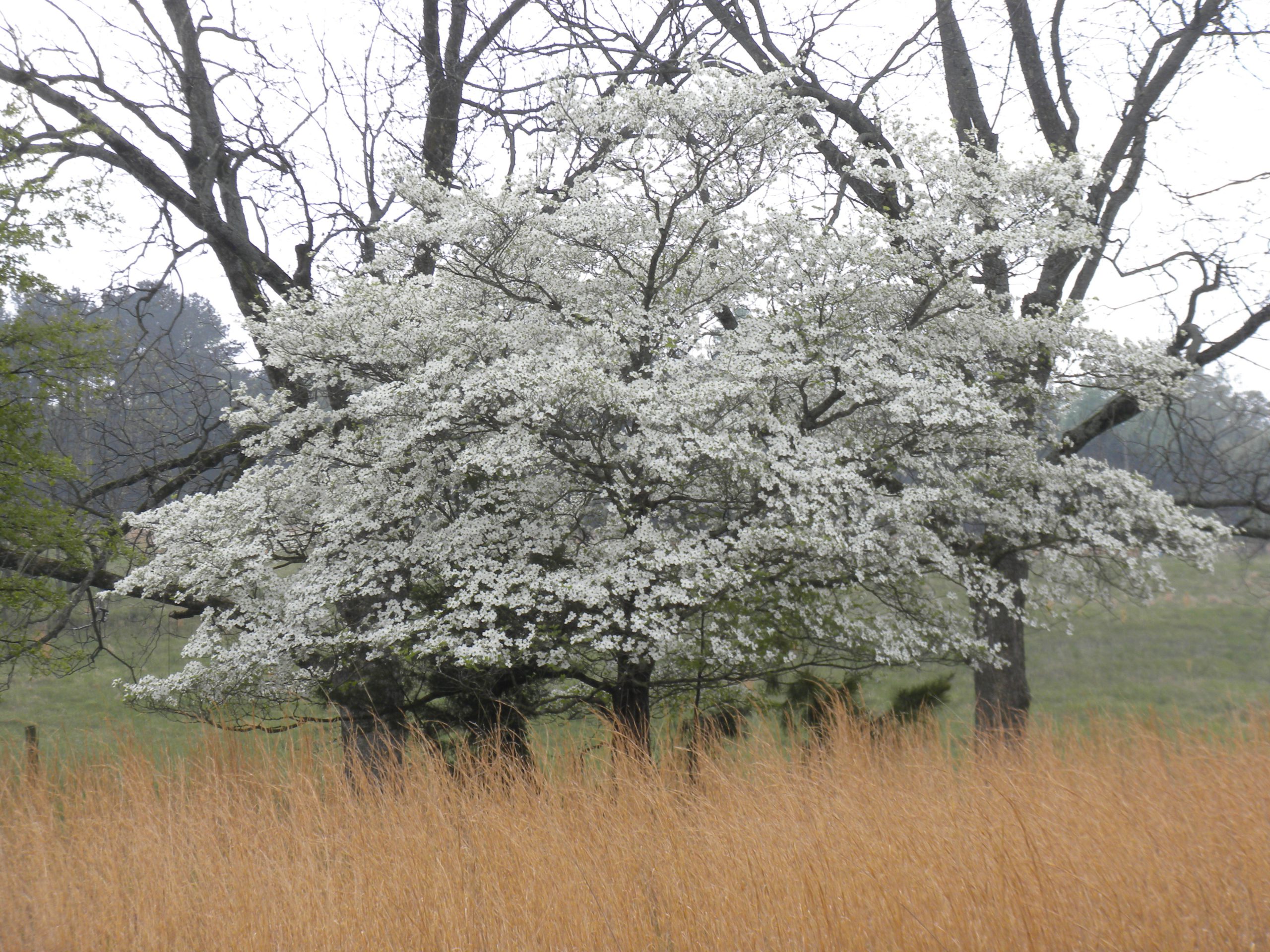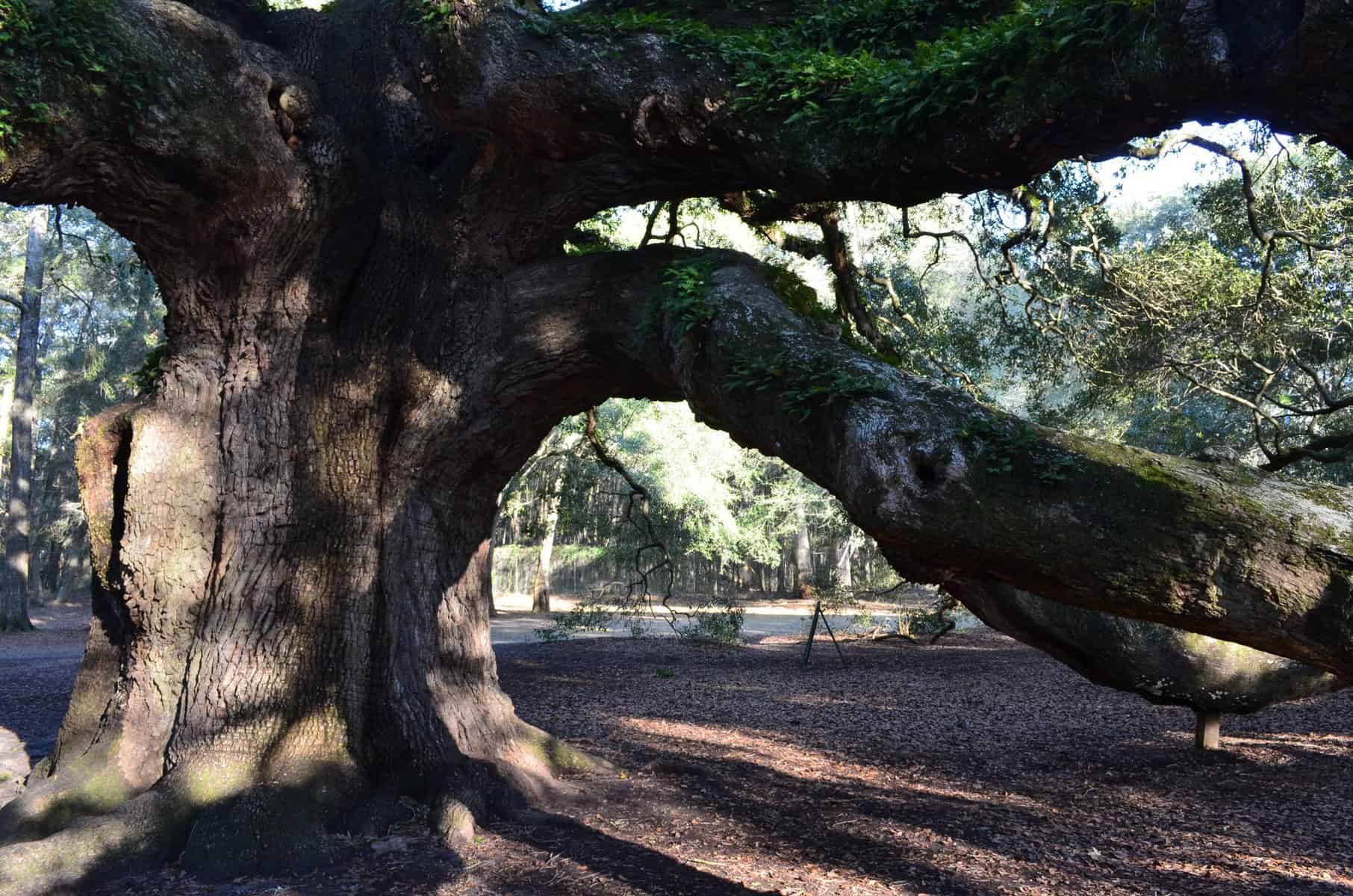The North American deciduous forest is rich with oak diversity such as Quercus bicolor. Oaks are categorized as belonging to the White or Red /Black groups. The former with rounded lobes or teeth (no bristles), acorns ripening the first year, often scaly bark; the Reds with bristle-tipped leaf lobes, acorns ripening in two years, and pebbled to ridged and furrowed, non-scaly bark. Hybrids occur within each group but not between. A red oak, Q. rubra, will not cross with a Q. alba.
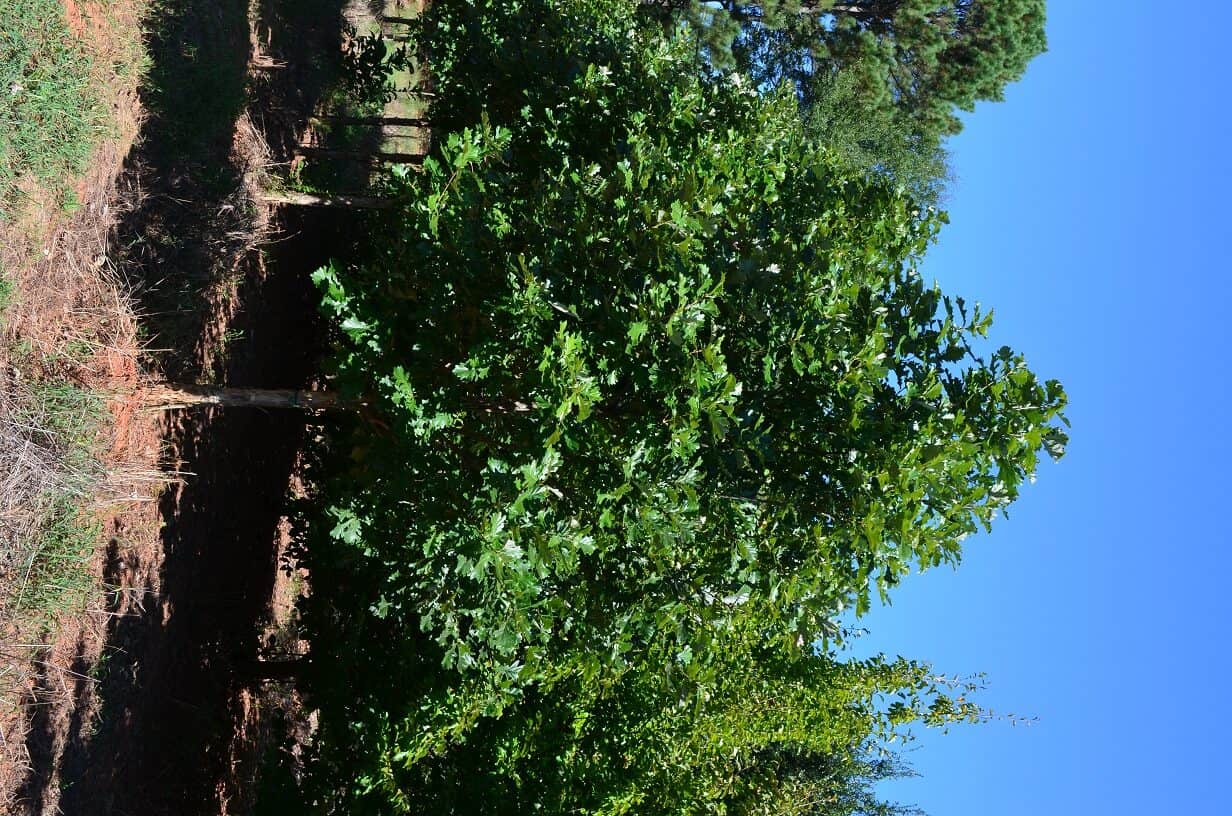
Quercus bicolor American Dream
Oaks are being utilized in greater numbers as new cultivars are introduced. In the past, the majority of nursery grown oaks were seedlings with the inherent variation in growth habit, growth rate, summer foliage, fall color, etc. With advances in cutting propagation and emphasis on grafting and budding, uniform cultivars are commanding greater market share. Select Trees, Athens, GA, produces all its oaks on their own-roots. Mike Glenn, owner, saw the wisdom to this approach 30 years ago and has continued to refine the process to make it economically viable. John Barbour, Bold Spring Nursery, Hawkinsville, GA has embraced the own-root approach and introduced many cultivar oaks with superior traits.
Quercus bicolor Malone Beacon
Quercus bicolor, swamp white oak, is among the most noble of oaks, reaching 80 to 100’ high and wide in the U.S. The species is native from Maine, west to Minnesota, south into South Carolina, Alabama, and Mississippi, usually in moist to wet soilsin flood plains and along river/stream banks. Although absent from Georgia it is grown by many nurseries and is being planted in commercial and residential landscapes. Easier to transplant than the equally beautiful Q. alba and therefore has been commanding greater attention. In Salt Lake City it is planted around the Temple Grounds and there, several trees are close to gold because of the high pH soils. The species is ideally served by an acid soil reaction. The hybrid, Q. x schuettii, Q, bicolor x Q. macrocarpa, offers greater tolerance to high pH soils and is common in the Chicago area and upper Midwest.
Quercus bicolor Beacon
The habit of Q. bicolor is rounded to broad rounded with large muscular secondary branches. The bark is gray to gray-brown and exfoliating on the branches and trunk. Landscape size approximates 50 to 60’ in height, similar or greater width. Several of the most beautiful swamp white oaks were planted in 1930 at Mt. Airy Arboretum, Cincinnati, OH. They are in the 60’ vertical range, much wider in outline and remarkably healthy (2016).
Quercus bicolor spring foilage
Foliage emerges bronze, copper to reddish brown, lustrous dark green in summer, before turning yellow to russet-red in autumn. Leaves are large, to 7” long with 6 to 10 pairs of obtuse teeth; the underside grayish green to whitish tomentose (dense hairs).
The shining light brown acorn is one inch long, covered about a third by the cap (cup), usually paired and borne on a slender, 1 to 4” long stalk. Acorns should be planted as soon collected. There is no dormancy and root radicles emerge in a few weeks. I have raise many seedlings by planting 10 seeds in a three-gallon container, protecting from animals, and leaving them outside.
Quercus bicolor fall color
Several new selections of the species include American Dream® (‘JFS-KW12’) and Beacon™, the former from Schmidt nursery which involved observing over 10,000 seedlings, starting in 1998, selecting 66, then 18 and finally one, introduced in 2012. Uniform pyramidal habit in youth, glistening bronze young leaves, mature lustrous dark green, then yellow in fall. Foliage is resistant to powdery mildew and oak anthracnose, heat and drought resistant. Estimate 50 to 60’ by 40’ at landscape maturity. To my knowledge, this is the first clonal swamp white oak. Bonnie and I planted a tree on the University of Massachusetts (UMASS) campus in memory of our daughter, Suzanne, and one in our Georgia garden. Both trees are thriving.
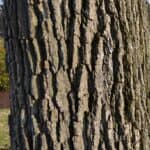
Quercus bicolor bark
Beacon™ (‘Bonnie and Mike’) was a chance discovery in Virginia. Bonnie and I were touring the Shenandoah Valley and came upon this distinctly columnar Querus bicolor in March, 2007. We collected scion wood, sent to Schmidt for budding and evaluation. The foliage is deep lustrous green, yellow in fall. Emerging leaves are beautiful coppery red, aging to yellow-bronze. Estimate mature size as 40 to 50’ high by 10 to 15’ wide. It is an excellent choice for areas where lateral space is restricted. Trees are successfully growing on the UMASS campus and in the Dirr garden.
Frank Schmidt Nursery, Inc. Boring, OR, (www.jfschmidt.com) introduced the trees to commerce, produces and sells liners to finished nurseries across the U.S. and Canada. Both trees are now being produced by many finished growers.

